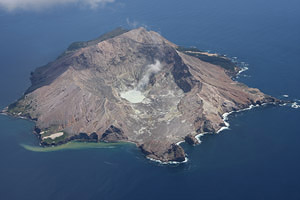
 |
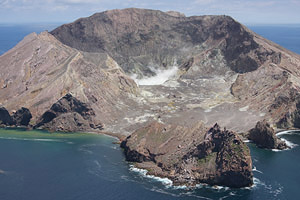 |
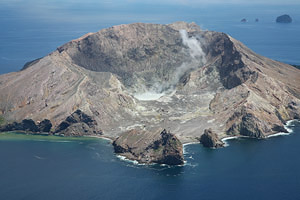 |
|
White Island viewed from SE, Nov. 2007. |
White Island with Volckner Rocks behind (top right), Nov. 2007 |
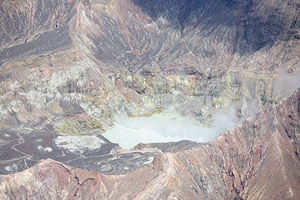 |
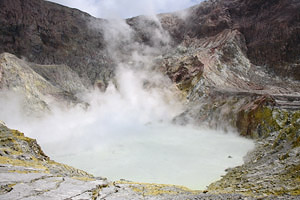 |
|
White Island Western Subcrater with Lake, Nov. 2007 |
White Island Crater Lake, Nov. 2007 |
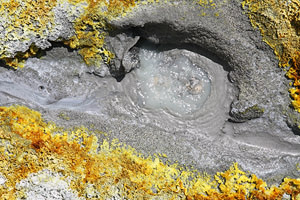 |
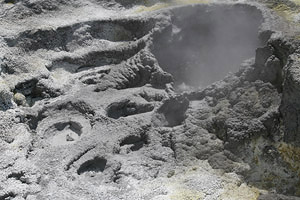 |
|
Hot Spring, White Island Central subcrater |
Mudpots, White Island central subcrater |
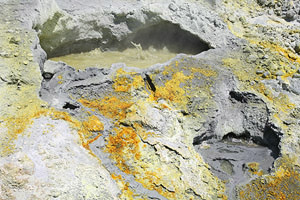 |
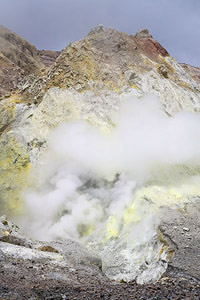 |
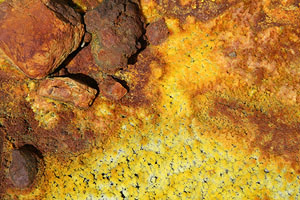 |
|
Hot Spring, White Island Central subcrater |
Fumarole, White Island Central subcrater |
Mineral deposits, White Island Central subcrater |
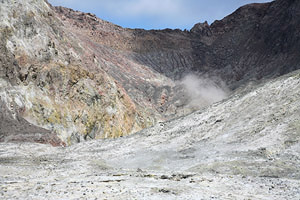 |
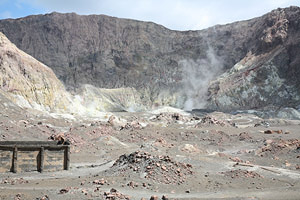 |
|
1914 Collapse Scar (top middle) |
Hummocks left by 1914 collapse on crater floor |
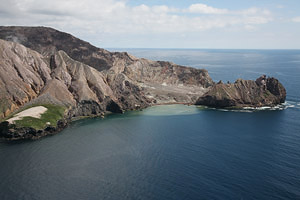 |
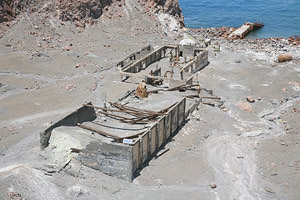 |
|
Sulphur Bay (where water discoloured) and Gannet colony (left) |
Ruins of 1923-1933 mining operation |
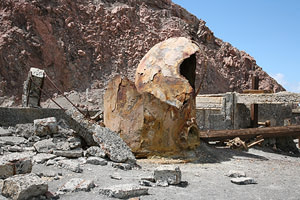 |
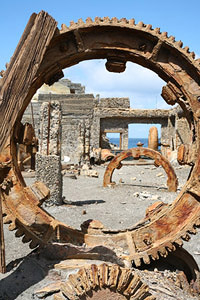 |
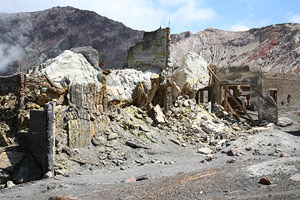 |
|
Remains of retort in sulphur processing factory |
Coroded machinery in sulphur processing factory |
Sulphur storage bunker |
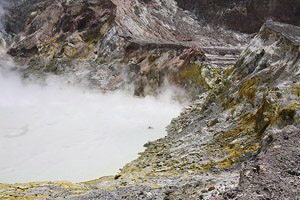 |
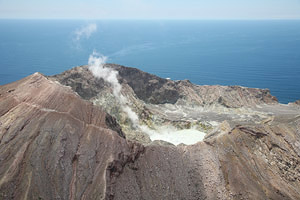 |
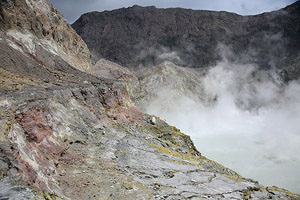 |
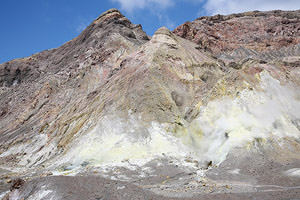 |
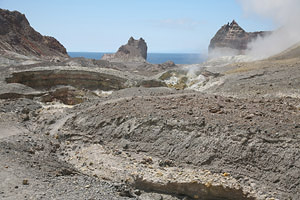 |
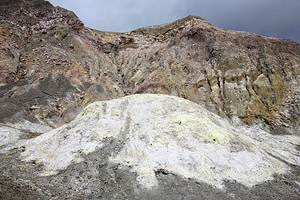 |
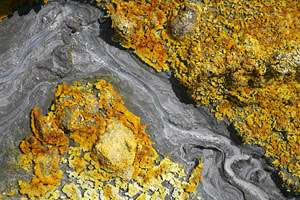 |
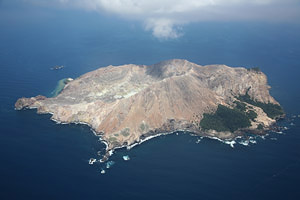 |